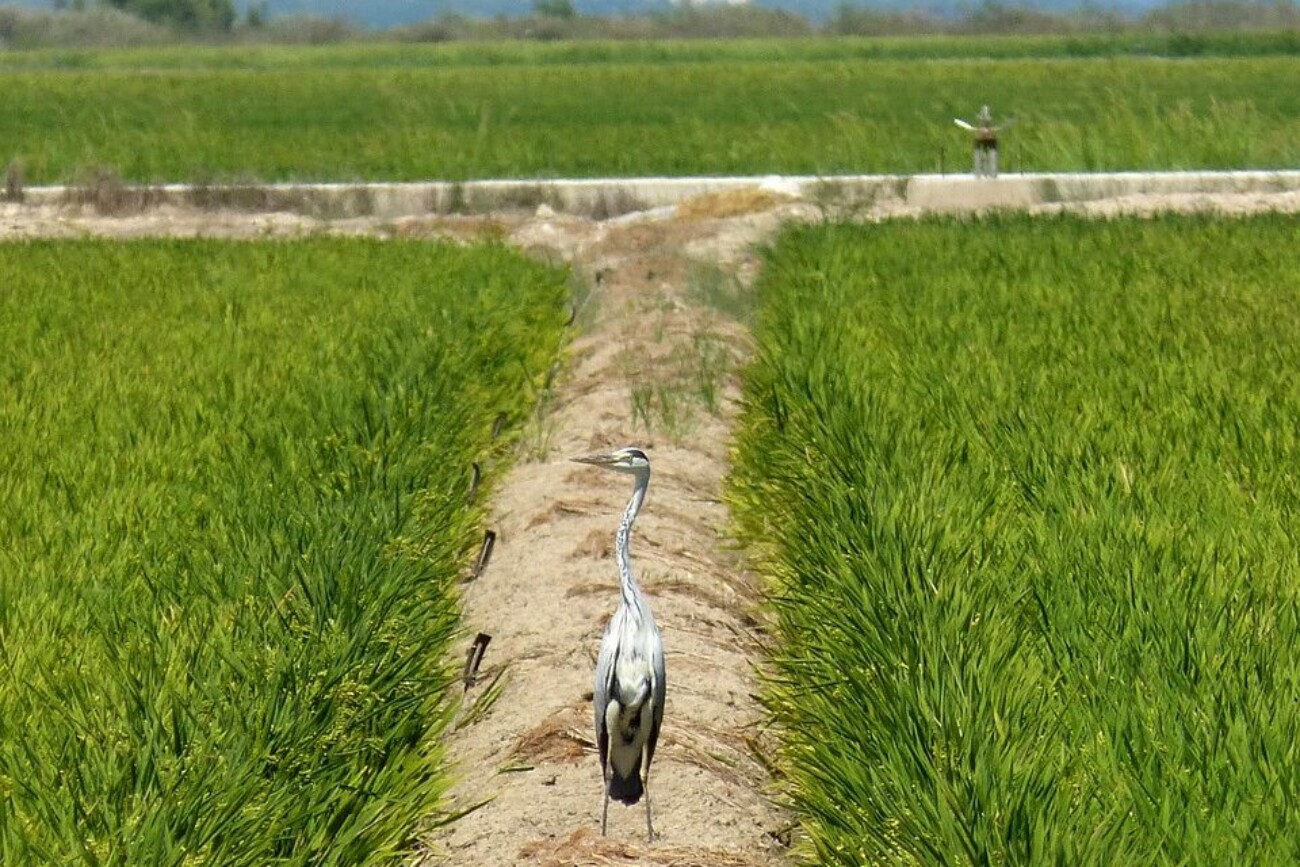The Ebro Delta in Tarragona, Spain, is one of the most important wetlands in Europe due to its diversity and abundance of waterfowl. This unique place has been an important hunting ground for many generations and is a protected area under Natura 2000. However, due to a lack of specific information on some species and regressive trends recently observed, the future of this biodiversity-rich environment could be in danger. Therefore, the involvement of hunters in conservation tasks was and is crucial for this habitat and its species’ future.
In August 2019, the “Propuesta metodológica para la integración de los cazadores del Delta del Ebro en el censo de las aves acuáticas cinegéticas” project started. This is a collaboration between the hunting societies of the Ebro Delta, the Catalan Hunting Federation, the Ebro Delta Natural Park, the Wildlife Estates project, and the Artemisan Foundation. The project’s main goals are to integrate hunters into long-term population monitoring, obtain abundance estimates for game species, develop abundance indicators for the common snipe and moorhen, and evaluate hunting pressure and productivity using harvest data provided by the hunting estates.
Policy Relevance
This citizen science monitoring project carried out by hunters and hunters’ organizations is one more example of how hunting stakeholders are helping the EU’s wildlife. Hunters know how important it is to monitor the situation of an animal species for sustainable management of that species. Spanish hunters through the Delta del Ebro make a crucial work providing up-to-date science-based information to Policy Makers to take good decisions favoring wildlife species’ future. The Delta del Ebro project goes in the same direction of IUCN red-list, the 17th article of the EU’s Habitat Directive, and the 12th article of the EU’s Birds Directive creating a network to survey the trend of EU’s animal species and it is contributing to achieve the goals for the EU’s Biodiversity Strategy for 2030.
The project methodology is simple but scientifically rigorous, ensuring the quality of the information gathered. Training for hunters on the differentiation of species, sexes, and ages was carried out, and the results of the censuses were shared with the collaborators.
In the first phase of the project, in 2019, basic parameters for the distribution and status of conservation of waterbird populations have been compiled from information available at the Natural Park and from existing scientific publications. During the fall of 2019, workshops were organized for the identification by age and sex of snipes and ducks from plumage analysis and other indicators. Wing sample collection envelopes were distributed, and a reference guide for the identification of age and sex was provided. It also planned a study to assess hunting pressure on snipe and common moorhen, including general counts in specific areas before hunting season.
In 2020, the study started and recommendations on the management and conservation of species were discussed. It was also reviewed the exclusion of the barred teal, pochard, tufted duck, and European lapwing from the catalog of game species.
Hunters contributed with a total of 1,146 wing samples which were used in the age ratio evaluation as a reproductive success indirect indicator of different species. The results obtained demonstrated that, in general, species did not show particularly low reproductive success, except in the case of the Gadwall. The abundance analysis and snipe and common moorhen hunting pressure was conducted censuses carried out by hunters before the hunting season and by technical staff and collaborators. The censuses indicated that the hunting management in Ebro Delta is being carried out in compatibility with the conservation of the different waterfowl species.
European hunters are supporting actions that contribute to the favorable conservation status of game and non-game species all over Europe, proving that hunters are true defenders of nature conservation, demonstrating a strong commitment to the sustainability of the natural environments as the Ebro Delta.
The project ” Propuesta metodológica para la integración de los cazadores del Delta del Ebro en el censo de las aves acuáticas cinegéticas ” proved to be a success, involving hunters in waterfowl conservation and management. The collaboration of hunters, the Artemisan Foundation, the Catalan Hunting Federation, and the Ebro Delta Natural Park is one more example of how hunting and conservation can go side by side for biodiversity and habitats good future fully aligned with the goals established in the EU’s Biodiversity Strategy for 2030.
For more information please check out:







